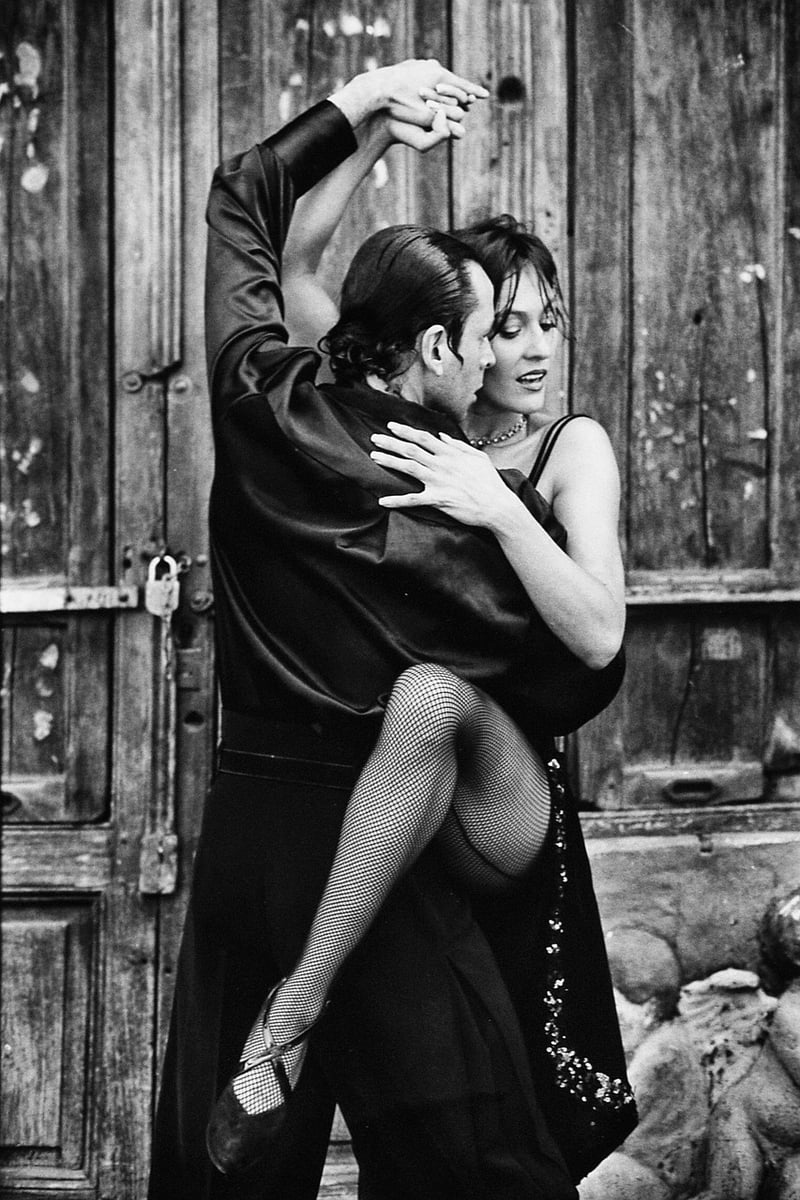Salsa
Expressive Movement Forms: Exploring the Passion of Salsa Dancing
Salsa dancing is more than just a dance; it's a form of self-expression and a way to connect with others through movement. The combination of intricate footwork, fluid body movements, and passionate music makes salsa one of the most vibrant and captivating dance styles in the world.
The Origins of Salsa
Salsa originated in the Caribbean, with influences from Cuban Son, Afro-Cuban dance, and Puerto Rican Bomba. It gained popularity in the United States in the 1960s and has since spread to dance floors around the globe. Salsa music, characterized by its lively rhythm and infectious beats, sets the stage for dancers to showcase their skills and emotions.
Expressive Movements in Salsa
From sensual body rolls to sharp turns and intricate footwork patterns, salsa dancing is a dynamic and expressive art form. Dancers use their entire bodies to communicate the passion and energy of the music, creating a mesmerizing visual display for spectators.
Key Elements of Salsa Dancing:
- Rhythmic Hip Movements
- Fluid Arm Styling
- Precise Footwork
- Dramatic Spins and Turns
- Partner Connection and Communication
Benefits of Salsa Dancing
Aside from being a fun and exciting social activity, salsa dancing offers a range of physical and mental benefits. It improves coordination, balance, and flexibility while also boosting mood and reducing stress. Dancing salsa regularly can help build confidence and improve social skills, making it a holistic form of exercise for both the body and mind.
Get Started with Salsa Dancing
Whether you're a seasoned dancer or a complete beginner, salsa dancing is a welcoming and inclusive community that encourages everyone to join in the fun. Many dance studios offer salsa classes for all levels, providing a supportive environment for learning and growing as a dancer.
So put on your dancing shoes, feel the rhythm of the music, and let the passion of salsa dancing ignite your soul!

Image source: Pixabay
